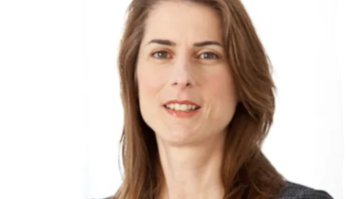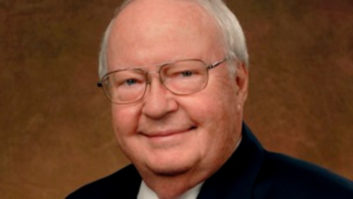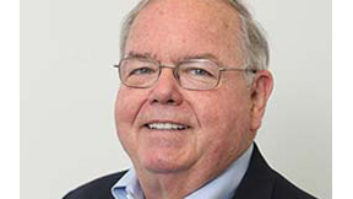Another obstacle on the road to full acceptance of digital television by all concerned was seemingly settled this month. Right before his resignation, FCC chairman William Kennard got the commission to affirm the 8-VSB television broadcasting standard to the exclusion of the COFDM format.
In a rare case of unified action, the FCC’s ruling came after the National Association of Broadcasters and the Association for Maximum Service Television agreed that 8-VSB was sufficient for digital TV broadcasts.
If you haven’t been taking notes during the past couple of years, the COFDM format was one backed by Sinclair Broadcasting and several other broadcasters. If Sinclair and its allies got its way, extensive new tests would have taken place comparing the 8-VSB and COFDM formats, which would have, at best, further delayed digital TV’s rollout. After tests, if COFDM had been eventually approved, existing set-top boxes sold to consumers would have been obsolete.
Think of the public relations fiasco that would have been. Think of the returns problems. Acceptance of COFDM would have delayed real acceptance of digital TV into the next decade. At least we now know, with some clarity, which digital TV broadcasting format will be used.
But to paraphrase an old bromide, “Kennard giveth and Kennard taketh away.” The outgoing FCC chairman was busy right until he left. He also backed an FCC ruling that cable operators will not be required to carry both digital and analog over-the-air broadcasts, but left open the possibility of imposing digital must-carry requirements at a later date.
New FCC chairman William K. Powell commented that the decision complied with the law, but he pushed for broadcasters to lobby Congress for dual carriage. Dual carriage is vital for the acceptance of digital TV in the United States, when you consider that the overwhelming majority of consumers watch TV via cable systems. Again, a delay would probably slow down a full-blown acceptance of digital TV sales.
As he assumed office, Powell said that the marketplace should be the judge for many pending technology decisions. In digital TV’s case this includes broadcaster decisions to transmit HDTV signals, multicasting or data transmissions on the digital spectrum.
On the surface that seems fine because the marketplace usually makes the decision in many cases, but with digital TV the industries involved need some direction. While the ability to offer full HDTV broadcasts, multicasting and data transmissions gives broadcasters and consumers options, in practice, it may continue to muddy the message. Will consumers get it? Will consumers buy it.sooner rather than later? We’ll see.
CEA president Gary Shapiro commented on Powell’s appointment by saying that the new FCC chairman understands the CE industry’s “unique perspective” and that Powell is “a strong advocate of consumers’ rights.” Let’s hope that Powell’s understanding of the industry’s perspective can bring more leadership, guidance and clarity to the subject of digital TV, an area that sorely needs it.











